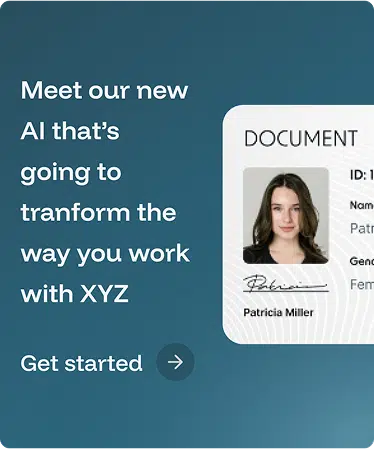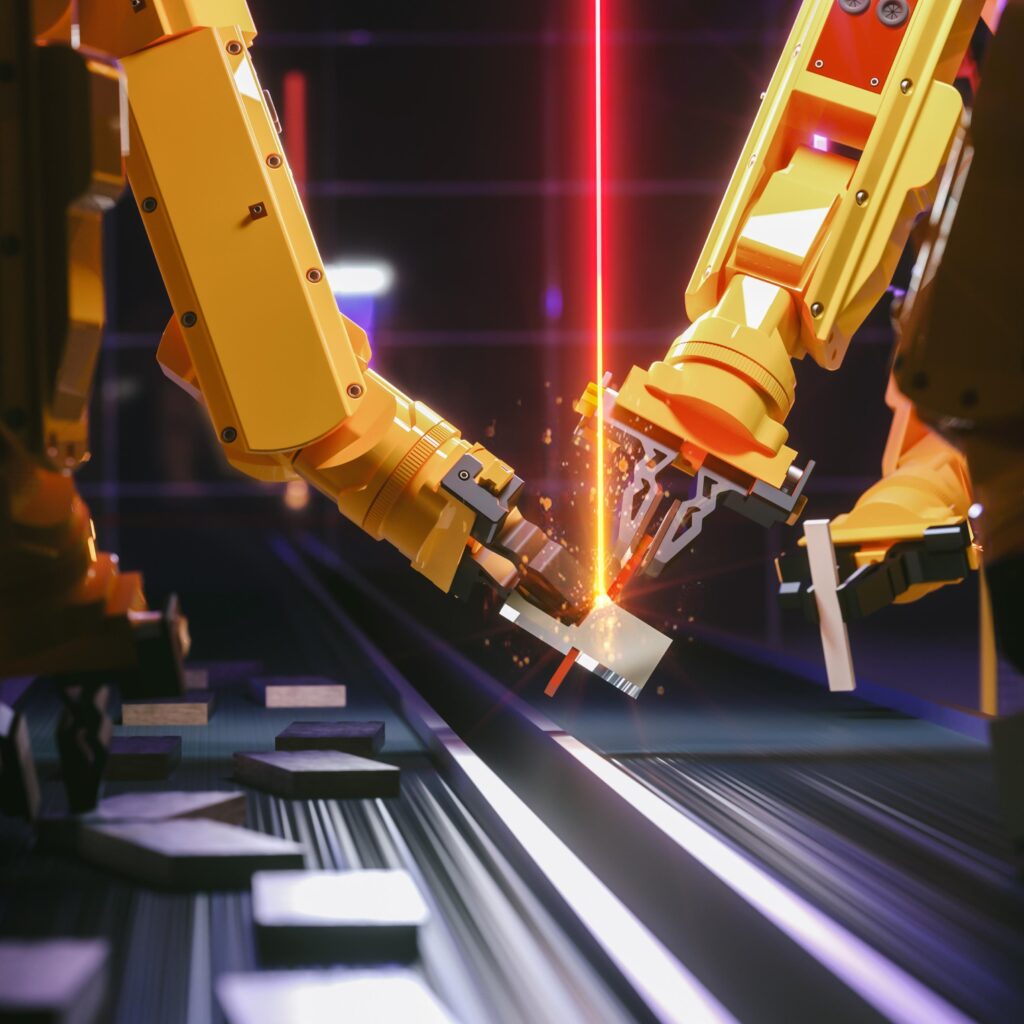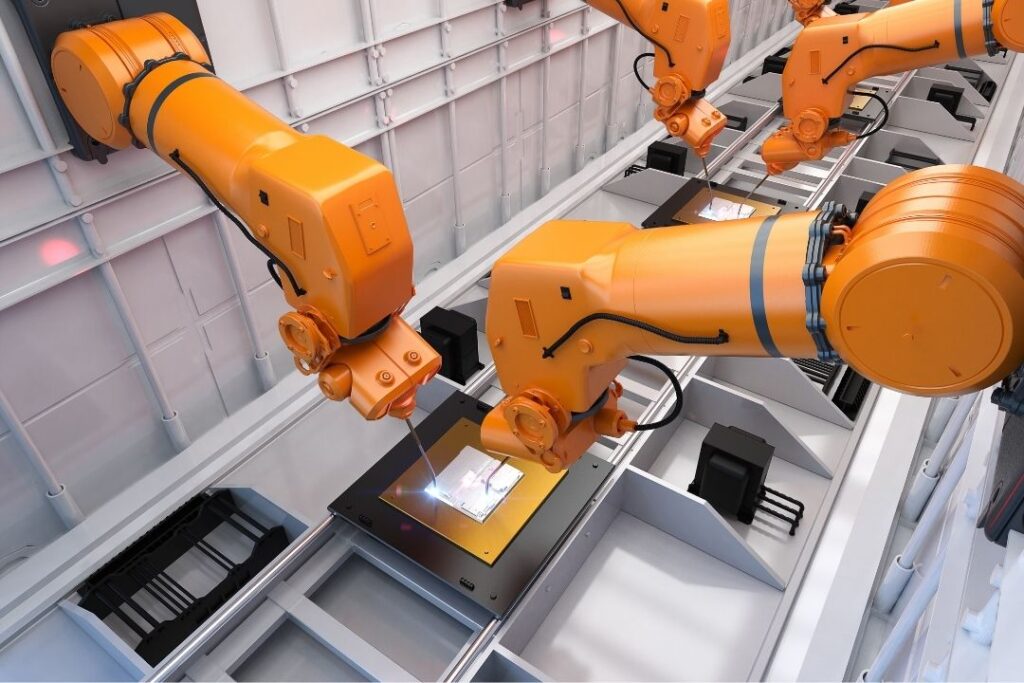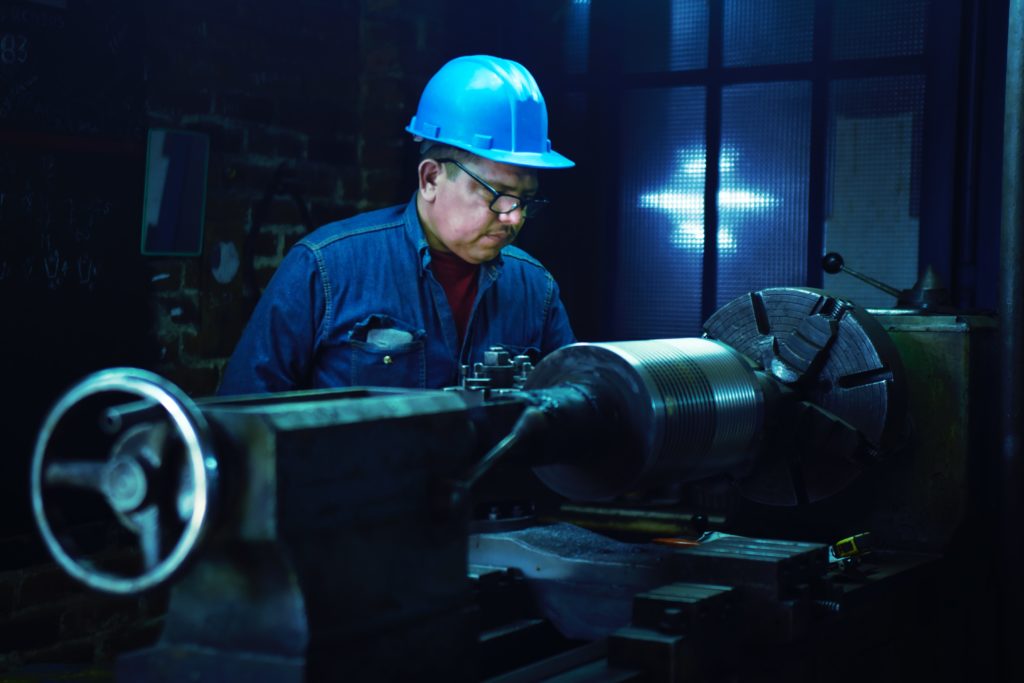Industrial automation is a complicated yet extremely necessary topic for companies, especially in the manufacturing industry. Wherever stage of business you are, you must have questioned if your company is ready to receive the help of artificial intelligence. Lucky for you, Abrisuite and our partners have a lot of methods to do industrial automation evaluation and help you understand the best solutions for your needs.
The six stages of industrial automation
Abrisuite’s industrial automation evaluation uses a model developed by the German Academy of Science and Engineering (ACATECH). This approach has a series of maturity phases that guide firms through every stage of the transition, from fundamental industry needs through complete transformation:
- Computerization
- Connectivity
- Visibility
- Transparency
- Predictive capability
- Adaptability
Each stage achieved represents an advance in absorbing the potential of using Artificial Intelligence until it reaches the level at which the company manages to operate a business model that identifies the actions to be taken and makes changes automatically.
Different axis in industrial automation evaluation
While this model suggests that classifying a company in this ruler is common when applying the ACATECH ruler to companies, balancing the three major integration axes is the first obstacle.
A vertical axis ensures that what is planned in the back office takes place in the front office, while an integration axis comprehends the value chain, from the raw material to the final sale, and the last axis traces the way from research to customer engineering.
A company’s desired target state depends on its business strategy, so each organization must determine which maturity stage best balances costs, capabilities, and benefits for its specific circumstances, taking into account how these requirements change over time in response to changes in the business environment and the company’s strategy.
Balancing the need for automation
Depending on business strategy, not every company has the ultimate goal to achieve adaptability – or, at least, not in the first run. That is why, sometimes, pursuing this may lead to a waste of money and resources.
Understanding the multiple integration dimensions allows a company to reach the maximum degree of maturity in one axis while taking the first steps in the other, thus prioritizing what is important.
Adapting for a 4.0 Industry challenges everyone, but there is no way to deny the future. The discussion on the organization’s strategy for automation needs to be at the top of a CEO’s agenda, understanding the opportunities and pitfalls that should be addressed and not underestimated.



